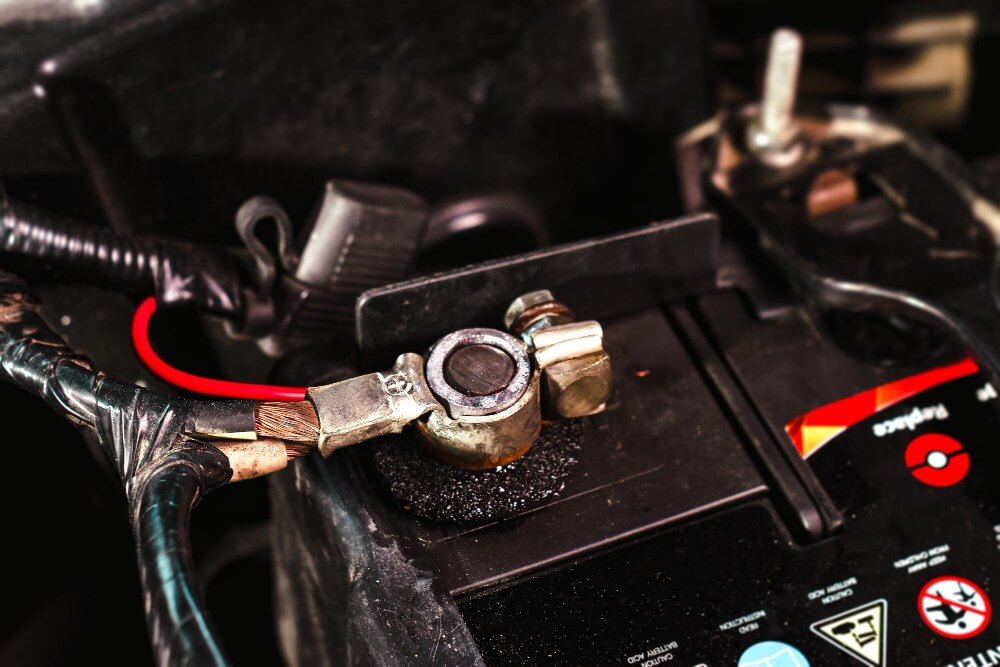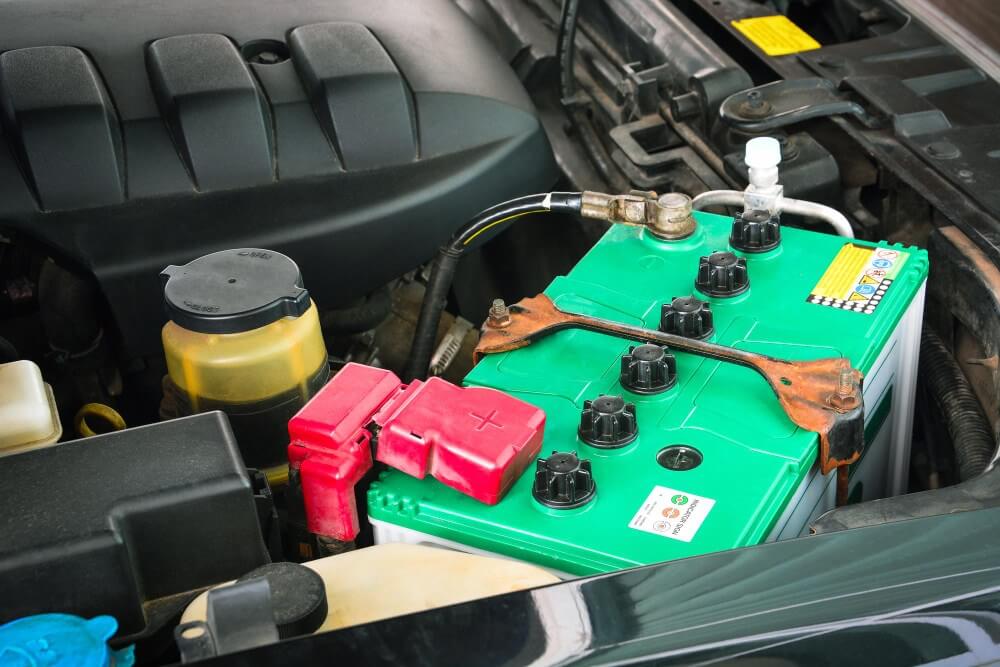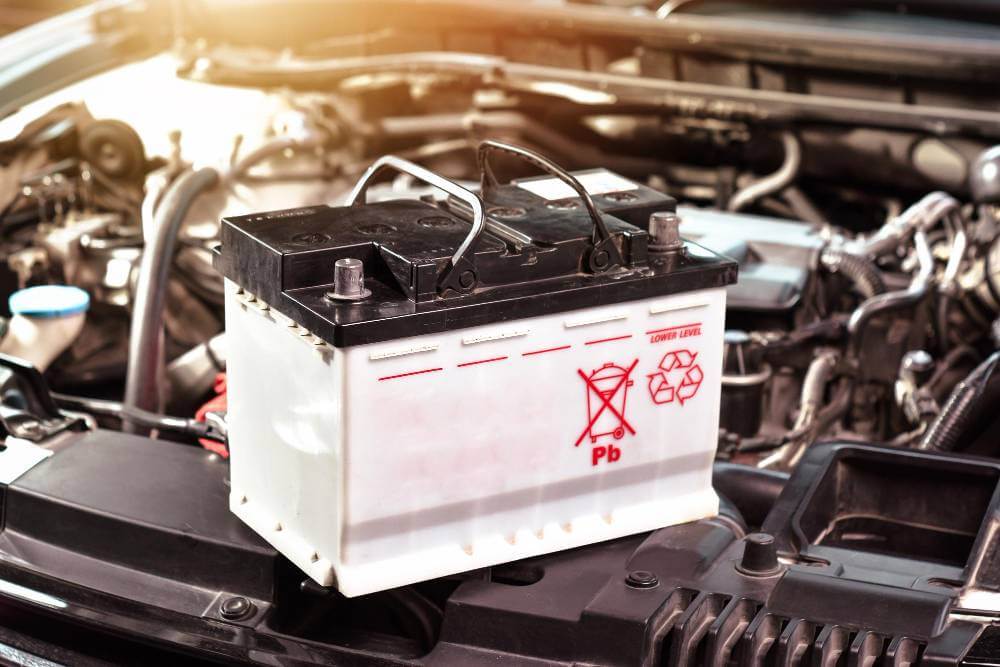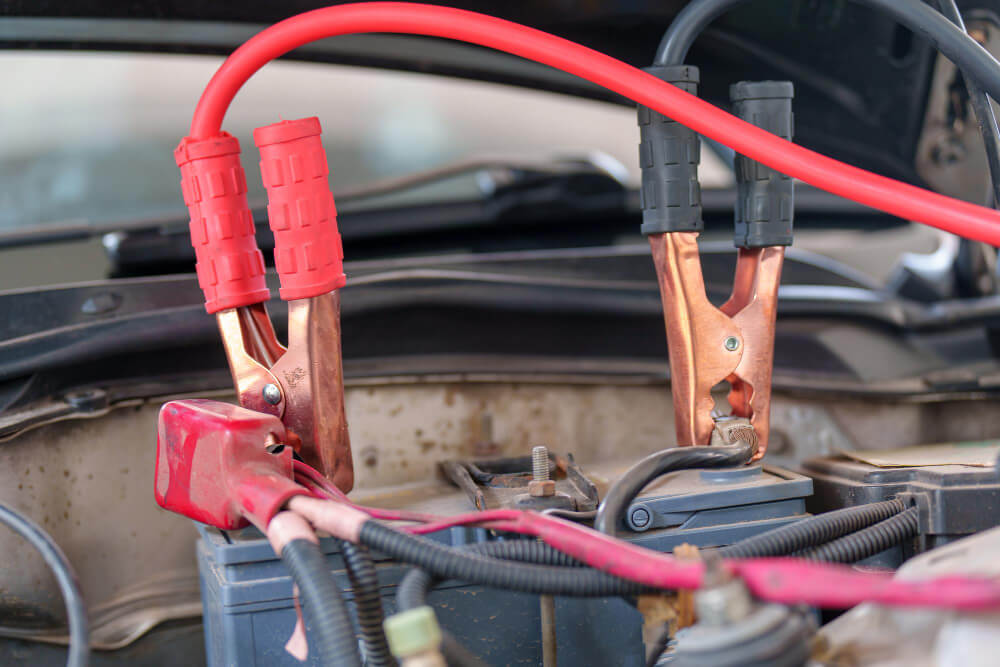With so many car batteries available in the market, choosing the right one can be overwhelming. To simplify the process of how to choose the right car battery, we have provided a comprehensive guide that explains how to select the perfect car battery for your vehicle, regardless of its engine type. By following these steps, you can make an informed decision and ensure that your car’s battery is always up to the task.
1. Understand The Battery Type Suitable For Your Vehicle
When it comes to finding the right battery for your car, there are several types of batteries depending on the type of car e.g. as-powered vehicles, an electric or hybrid vehicle. The two main categories for gas-powered vehicles are standard flooded lead-acid and absorbed glass mat (AGM) batteries, Both of these types of batteries have their own unique benefits and can provide either deep-cycle power or high-demand starting power, depending on your specific vehicle and driving needs.
Standard batteries often contain a gel electrolyte solution, while AGM varieties are surrounded by a moveable glass pad that is highly conductive and captures the electrolyte material. Additionally, there are lithium-ion battery variations for an electric or hybrid vehicle, although these tend to be more expensive than traditional options and require specialized charging systems.
Understanding the differences between each type and the cost implications can help you know how to choose the right car battery
2. Determine Your Car’s Battery Group Size
The battery group size of your car is an essential factor to consider when choosing a replacement battery. This number is a standardized code that identifies the physical dimensions and terminal locations of the battery, ensuring that it will fit properly in your vehicle’s battery tray.
To determine your car’s battery group size, you can consult the owner’s manual, check the current battery for markings, or use an online battery finder tool. Once you have determined the correct battery group size, you can begin to compare batteries based on other factors such as brand, type, and cold-cranking amps (CCA) rating. It’s essential to choose a battery that meets or exceeds the original specifications of your vehicle to ensure optimal performance and avoid any potential issues. By taking the time to determine your car’s battery group size and selecting a compatible replacement battery, you can enjoy a reliable and long-lasting power source for your vehicle.
Common Battery Group Sizes
Finding the right battery for your car involves understanding common battery group sizes. The right battery that fits your vehicle depends on which size you need based on the kind of vehicle you own. Take a look:
- Size 75: Size 75 batteries are generally used in cars, minivans, and light SUVs.
- Size 65: Common for pickup trucks, full-size SUVs, Large-bodied Ford, Lincoln, and Mercury cars
- Size 35: Size 35 is often found in Recent Honda, Nissan, and Toyota cars
- Size 34: Size 34 is used for Chrysler cars
- Size 34/78: This size exists for certain cars and light trucks requiring increased cranking power. Some Chrysler and General Motors cars
3. Choose A Reliable Battery Brand
When it comes to finding the right car battery, conducting thorough research on the various brands available is crucial. A reliable car battery is vital for keeping your vehicle running smoothly, and selecting a reputable brand is essential. Moreover, different automotive battery manufacturers vary in terms of build quality, materials, and performance, so it’s worth considering each option carefully.
Also, consider warranties offered by each brand as well as any additional features or technology they provide, such as built-in charge indicator lights and computerized integrated circuitry management systems.
The bottom line is that not all car batteries are created equal, and taking the time to analyse different brands will help you make an informed choice on how to choose the right car battery.
4. Determine The Exact Age Of the Battery
Knowing the age of your car battery can be essential in determining if it needs to be replaced. Unfortunately, the age of the battery isn’t always easy to determine. Depending on the type of battery and local regulations, manufacturers may not have visible labelling like an expiration date.
Fortunately, all batteries come with a manufacturing code A to L representing the months and 0 to 9 representing the year that lets you know when it was made. Generally, you can find this letter code stamped onto the top or side of a car battery.
If you can decipher the code (which can depend on manufacture and region), then you will have an idea of how to find the right car battery age or if it is close to needing to be replaced.
Interpret Battery Age Codes
In most cases, though, the age of the battery is designated by a mixture of capital letters and numbers. The first letter usually indicates the month the battery was manufactured; for instance, A would represent January and L would represent December.
After that, a single digit will indicate the year it was made. For example, if you see a code that reads “A5,” you know that this battery was manufactured in January 2015.
5. Check The Battery’s Reserve Capacity
When I was looking for the right battery for my car, I placed great emphasis on the battery’s reserve capacity. The reserve capacity is the amount of time that the battery can support operations if the alternator does not work. In other words, it refers to the battery’s “emergency backup or standing power.”
Generally, vehicles will require anywhere between 45 and 90 minutes of reserve capacity within their car batteries. Depending on what type of vehicle you have and its electrical load, you’ll want to ensure that the battery you select has enough reserve capacity to keep things running in case of an emergency or an alternator failure.
Tip: It’s important not to choose a battery solely based on its reserve capacity. Check your car owner’s manual to see the recommended reserve capacity rating for your specific vehicle. Select a battery whose RC rating falls within the recommended range to ensure the best performance and reliability for your car.
6. Check The Battery’s Cold-Cranking Amp Rating
Knowing the cold-cranking amp (CCA) rating of a car battery is important when choosing the right one for your vehicle. CCA measures a battery’s ability to start an engine in cold weather and is expressed in amps.
When it comes to choosing a battery for cold climate use, paying attention to the cold-cranking amp (CCA) rating is essential. The CCA rating denotes the number of amps a battery can deliver for 30 seconds at 0 degrees Fahrenheit. Therefore, it’s advisable to select a battery with a high CCA rating if you live in an area with extremely cold temperatures. This ensures that your battery can effectively power your vehicle’s needs, even in harsh winter conditions.
Don’t Confuse CCA With CA
While it may be easy to assume that Cold Cranking Amps (CCA) and Cranking Amps (CA) are the same, this is not the case.
CCA refers to the amount of electrical current a car battery can withstand in cold temperatures while still maintaining at least 1.2 volts of power. On the other hand, CA is simply a measure of how many amps can be drawn from a car battery at 32 degrees Fahrenheit.
When selecting a battery for winter use, it’s important to consider the CCA rating. This is because, depending on your location and climate, your vehicle may require more power to start in cold weather conditions. It’s important to note, however, that both the CCA and CA ratings should be taken into account when choosing the right battery for your vehicle.
Conclusion
Conclusively, selecting the right car battery for your vehicle is crucial to ensure reliable performance and avoid breakdowns on the road. To make the best choice, it’s important to consider factors such as the battery’s size, reserve capacity, CCA and CA ratings, and compatibility with your car’s make and model. Researching various battery brands and checking customer reviews can also help you find a high-quality and dependable battery. By following the steps mentioned above and paying careful attention to your vehicle’s specific needs, you will know how to choose the right car battery.




